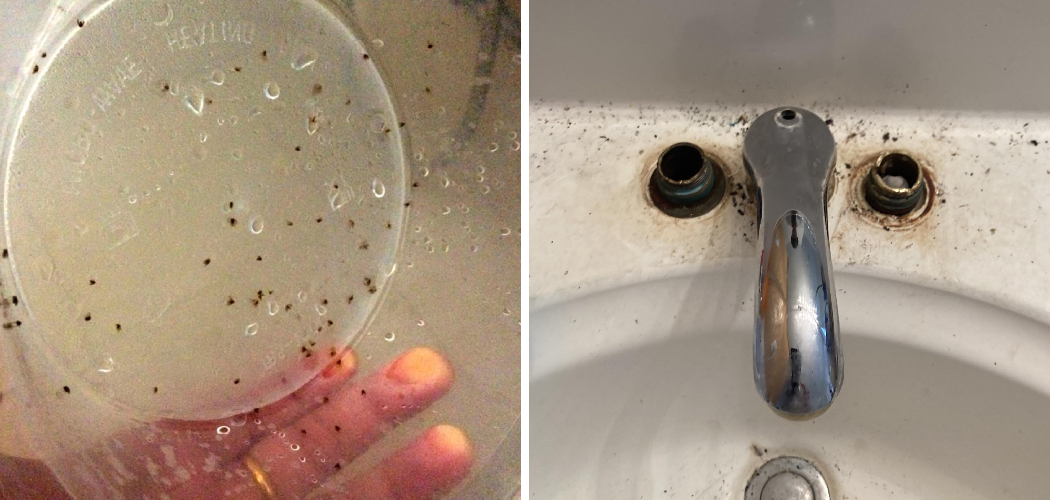Gnats in bathroom drains are a common issue many homeowners face, often leading to significant discomfort and concern. These tiny, flying pests are typically drawn to the moist, organic-rich environment within drains, making bathrooms an ideal breeding ground. Gnats can severely impact household hygiene, as they are a nuisance and contribute to unsanitary conditions. Understanding how to get rid of gnats in bathroom drain is crucial for maintaining a clean and comfortable home. This guide introduces effective methods to eliminate these pests and offers preventative strategies to ensure they do not return, addressing the root causes and providing long-term solutions for gnat-free living.

Understanding Gnats in Bathroom Drains
Identifying Gnats
Fungus gnats, small, dark-colored insects with long legs and wings, are commonly found in bathroom drains. These gnats thrive in moist environments where fungi and organic matter are present, making bathroom drains a perfect habitat. One of the telltale signs of a gnat infestation in bathroom drains is noticing tiny, flying insects lingering around the sink, shower, or drain area, especially when disturbed. You might also observe larvae in stagnant water or at the edges of drains, indicating an active breeding ground for these pests.
Causes of Gnat Infestation
Several factors contribute to the presence of gnats in bathroom drains. Moisture is a primary attractant, creating an ideal environment for gnats to thrive and reproduce. Bathrooms, often being high-humidity areas, exacerbate this problem. Additionally, the buildup of organic matter within drains, such as hair, soap scum, and mildew, provides a rich food source for gnat larvae. Common sources of attraction include stagnant water in sink traps or shower drains and even residues left from personal care products, making routine cleaning crucial to prevent gnat infestations.
How to Get Rid of Gnats in Bathroom Drain: Methods to Eliminate Gnats
Natural Remedies
One of the most effective natural methods to eliminate gnats in bathroom drains involves using vinegar and baking soda. This combination not only helps flush out the drain but also dissolves any organic matter that may attract gnats. Begin by pouring a half cup of baking soda down the drain, followed by a half cup of vinegar. The reaction between these two substances causes fizzing, which helps to dislodge and break down the buildup within the pipes. After allowing the mixture to sit for about 15 minutes, flush the drain with boiling water to wash away the debris.
In addition to this, essential oils like peppermint or tea tree oil can be highly effective in repelling gnats. These oils have strong fragrances that drive away insects. A simple method is to create a spray by diluting a few drops of essential oil in water and spraying it around the drain area. Alternatively, you can add a few drops directly into the drain and let it sit overnight. The aromatic properties of these essential oils deter gnats and leave your bathroom smelling fresh.
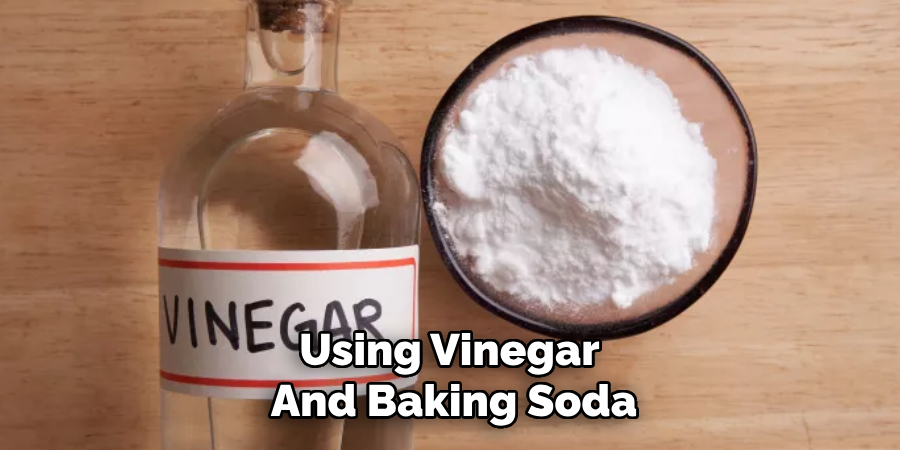
Chemical Treatments
Chemical treatments can provide a robust solution when natural remedies don’t suffice. Commercial drain cleaners or gnat-specific insecticides are designed to eradicate gnats and their larvae. These products often contain potent chemicals that dissolve organic matter and kill insects on contact. Follow the manufacturer’s instructions carefully, typically pouring the product into the drain and letting it sit before rinsing it away. This ensures that all lingering gnats and eggs are effectively dealt with.
However, it’s crucial to exercise caution while using chemical treatments. Always wear gloves and ensure the bathroom is well-ventilated to avoid inhaling fumes. Follow all safety guidelines provided on the packaging to prevent accidents or chemical burns. Proper usage guarantees the treatment’s effectiveness and ensures the safety of household members and pets.
Mechanical Removal
Mechanical removal techniques provide a physical solution to gnat infestations by targeting the larvae and buildup directly within the drains. One effective method is using a drain snake, a tool designed to navigate the bends of pipes and physically remove blockages. Insert the drain snake into the drain and turn it clockwise to latch onto and pull out any buildup. This method is particularly useful for removing hair clumps and other large debris pieces that may harbor gnat larvae.
Another useful tool is the drain brush, which features bristles that scrub the sides of pipes as it is inserted and removed. This helps to clean off any organic matter that has adhered to the walls of the drain, further depriving gnats of their breeding grounds. Regularly using these tools can significantly reduce the risk of gnat infestations by maintaining a clean and clear drain system.
By combining these natural, chemical, and mechanical methods, homeowners can effectively eliminate gnats from bathroom drains and ensure a hygienic, gnat-free environment.
Preventative Measures
Maintaining Drain Hygiene
Maintaining regular cleaning schedules is essential to prevent gnats from infesting bathroom drains. Aim to clean the drains at least once a week to prevent organic matter buildup. Enzymatic cleaners break down organic matter within the drain pipes for an effective cleaning routine. These cleaners introduce beneficial bacteria that consume organic residues, such as hair, soap scum, and other debris, thereby reducing the food sources for gnat larvae. Consistent use of enzymatic cleaners keeps drains clear and creates an unfavorable environment for gnats to thrive.
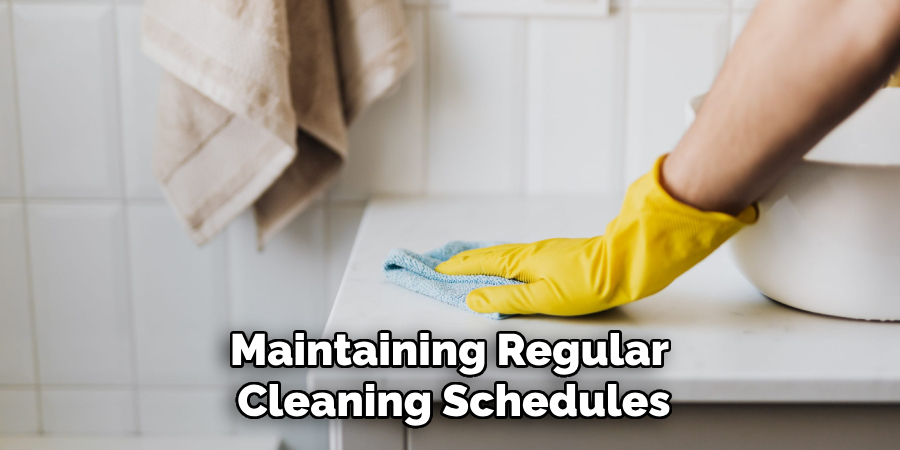
Improving Drainage
Proper drainage is critical to reducing moisture accumulation in bathroom drains, which gnats find attractive. Ensuring that your bathroom fixtures drain efficiently is key; consider periodic professional inspections to identify and rectify any issues causing poor drainage. Additionally, installing or maintaining drain covers can effectively prevent gnats from entering the drain. These covers act as a physical barrier, deterring gnats and other pests from laying eggs in the moist environment of the drain. By keeping water flowing freely and blocking gnat access, you can significantly reduce the chances of an infestation.
Sealing Entry Points
Preventing gnats from accessing your bathroom also involves closing any gaps or cracks around pipes and drains. Inspect your bathroom plumbing regularly and address any potential entry points by sealing them with a suitable sealant. Maintaining airtight seals in the bathroom plumbing not only deters gnats but also helps in keeping other pests away, ensuring a hygienic and comfortable living environment.
Long-Term Gnat Control
Implementing long-term gnat control strategies is essential for maintaining a gnat-free bathroom environment. One effective method is establishing a regular cleaning routine that includes enzymatic and mechanical cleaning methods to keep drains free from organic matter. This ensures a continuously inhospitable environment for gnats. Regularly using essential oil sprays can also serve as a long-term deterrent, thanks to their lasting aromatic properties.
In addition, integrating proper ventilation in the bathroom can significantly aid in reducing humidity levels, making the space less attractive to gnats. Consider using a dehumidifier or enhancing the bathroom’s exhaust system to ensure consistent airflow and moisture reduction. Furthermore, installing drain covers permanently can serve as a formidable barrier against gnat entry, minimizing the chances of an infestation taking hold. These combined efforts promote a sustained, hygienic environment conducive to long-term gnat prevention.
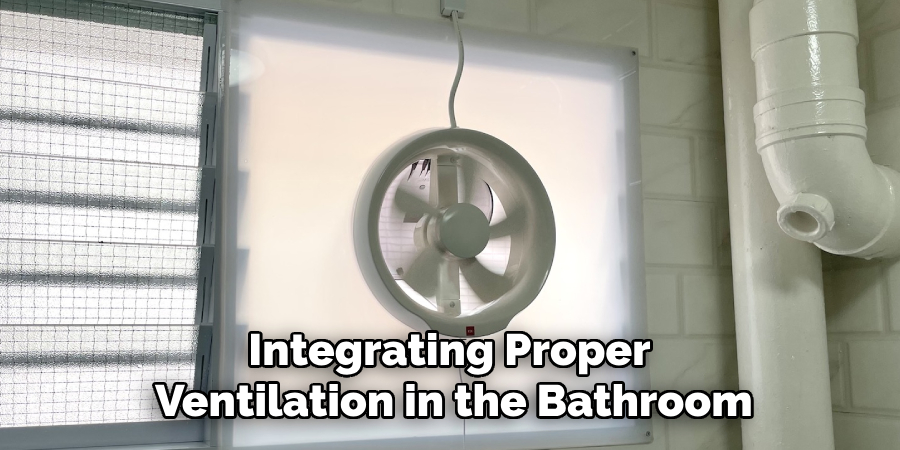
Monitoring and Inspection
Regularly checking drains and plumbing fixtures for signs of gnat activity is crucial for preventing infestations. Perform frequent inspections, particularly during seasons when humidity tends to be higher. Check for any signs of small, flying insects around drains and sinks, as these can be early indicators of an emerging problem.
Incorporate early detection methods such as setting sticky traps or using natural daytime light sources to lure and capture adult gnats. These measures help in identifying issues before they proliferate, allowing for swift intervention and thereby reducing the likelihood of a significant infestation.
Environmental Modifications
Adjusting bathroom humidity levels plays a vital role in discouraging gnat breeding. Maintaining low humidity can be achieved by ensuring proper ventilation and using a dehumidifier, particularly in bathrooms without windows. Reducing moisture sources is equally important; promptly repair any leaks and consistently dry off wet surfaces, including sinks and countertops, to prevent water accumulation.
Further, decreasing the frequency of emptying water containers and ensuring that potted plants within the bathroom have proper drainage can help mitigate moisture sources that attract gnats. Collectively, these environmental modifications create an unfavorable habitat for gnats, thereby supporting long-term prevention.
Dealing with Persistent Infestations
Even with diligent efforts, some gnat infestations may prove challenging to eradicate. If home remedies and routine maintenance fail to resolve the issue, more aggressive measures may be necessary. This can include the use of stronger chemical treatments specifically designed for gnats, applied according to the manufacturer’s instructions for safety and effectiveness.
Additionally, improving household practices, such as ensuring regular deep cleaning and promptly addressing plumbing issues, can enhance control outcomes. Consistent monitoring and adapting strategies as needed play crucial roles in managing these tenacious pests effectively.
Consulting Pest Control Professionals
In cases of severe or persistent gnat infestations, consulting pest control professionals may be the best course of action. These experts possess the knowledge and tools to identify the root causes of infestations and apply targeted treatments. Their expertise in how to get rid of gnats in bathroom drains can be invaluable in resolving difficult cases, ensuring a thorough and long-lasting solution.
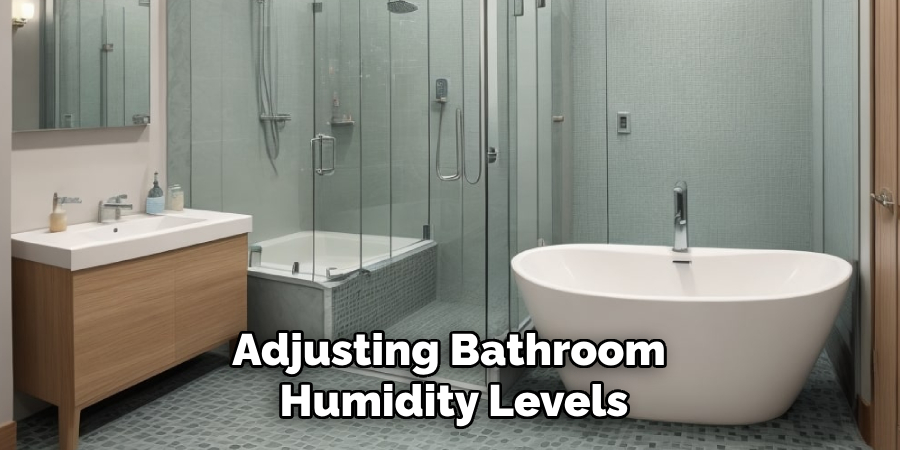
Reevaluating Home Practices
It’s essential to examine household habits that may inadvertently attract gnats. Simple changes such as eliminating standing water, maintaining clean drains, and reducing humidity can make a significant difference. Implementing long-term changes and adapting practices that consistently prevent organic matter buildup and moisture accumulation will help ensure a gnat-free environment over time.
Conclusion
Effectively eliminating gnats in bathroom drains involves a multifaceted approach. Combining natural, chemical, and mechanical methods can significantly reduce gnat populations. Regular use of enzymatic cleaners, maintaining good drainage, sealing entry points, and incorporating environmental modifications are all crucial steps. Furthermore, professional pest control services can provide expertise in how to get rid of gnats in bathroom drains, offering comprehensive solutions for persistent problems.
Ultimately, maintaining a clean and well-ventilated bathroom, alongside consistent preventative measures, is key to ensuring a hygienic and gnat-free environment. Addressing gnat issues promptly not only preserves the cleanliness of your bathroom but also contributes to overall home comfort and sanitation.

